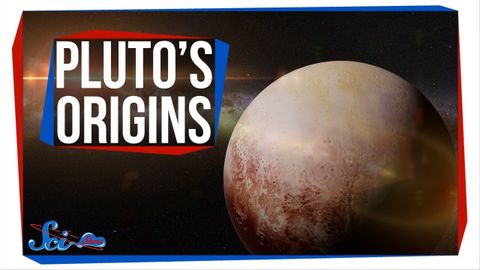冥王星が10億個の彗星かもしれない理由 (Why Pluto Might Be a Billion Comets)
林宜悉 が 2021 年 01 月 14 日 に投稿  この条件に一致する単語はありません
この条件に一致する単語はありませんUS /ˈɛpɪˌsod/
・
UK /'epɪsəʊd/
- v.t.(人を騙すために)ふりをする : 装う;仮定する : 推測する;(責任 : 任務などを)負う : 引き受ける
- n. (c./u.)集まり;仲間
- v.t.まとまる
- v.t./i.束ねられる
エネルギーを使用
すべての単語を解除
発音・解説・フィルター機能を解除

